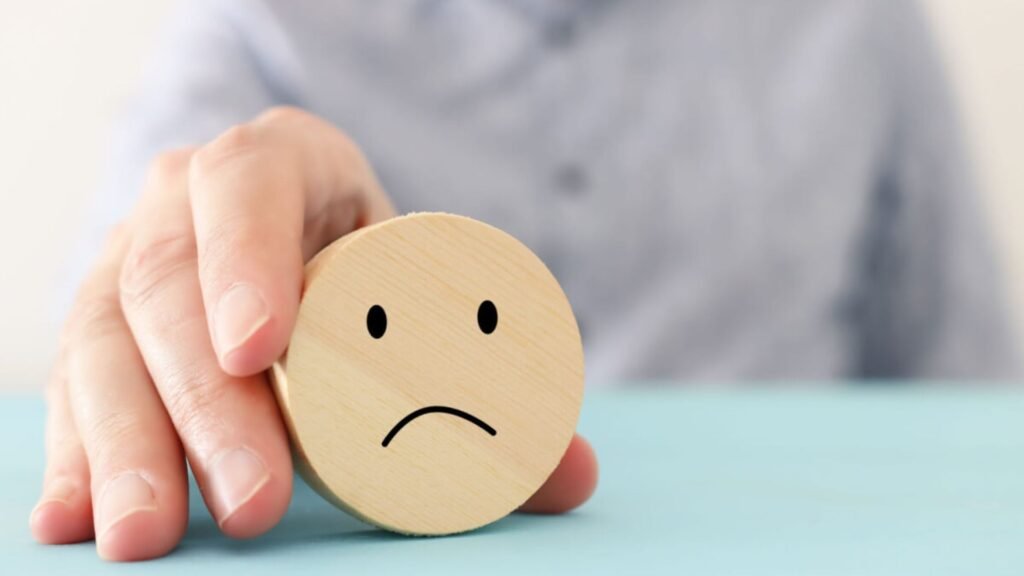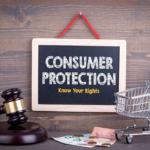Consumer protection agencies play a crucial role in safeguarding the rights of consumers, ensuring that businesses act fairly, and helping individuals resolve issues they face with products, services, or financial transactions. These agencies provide a structured process to handle complaints, investigate alleged violations, and enforce laws that protect consumers. Here’s a detailed breakdown of how consumer protection agencies handle complaints:

Receiving Complaints
The process typically begins when a consumer files a complaint with a consumer protection agency. Consumers can report issues related to fraud, deceptive practices, poor service, product defects, and more. Common ways to file complaints include:
- Online portals: Many agencies, such as the Federal Trade Commission (FTC) or the Consumer Financial Protection Bureau (CFPB), provide online complaint forms on their websites.
- Hotlines and customer service numbers: Agencies often have dedicated phone lines where consumers can speak directly to representatives and submit their complaints.
- Mail and email: Some agencies still accept written complaints via mail or email, although online submissions have become more common.
When submitting a complaint, consumers need to provide as much detail as possible, including product or service descriptions, transaction records, correspondence with the business, and any other relevant documentation.
Reviewing Complaints
Once a complaint is received, the agency’s team of specialists reviews the information to determine its validity and whether it falls within the scope of the agency’s jurisdiction. This involves:
- Assessing the nature of the complaint: Agencies often have specific areas of focus (e.g., financial services, food products, advertising), so the complaint must fall under their remit to be processed.
- Verifying consumer information: The agency may need to contact the consumer for additional information or clarification if the complaint is not fully clear.
- Classifying the complaint: Complaints are often classified into categories, such as fraud, unfair business practices, defective products, or misleading advertising, for easier tracking and investigation.
Investigating the Complaint
If the complaint is deemed valid, the consumer protection agency will investigate further. The level of investigation depends on the nature of the complaint and its potential impact on other consumers. The investigation process may involve:
- Contacting the business: Agencies often reach out to the company or individual accused of wrongdoing to get their side of the story. The business may be asked to provide evidence or documentation to defend their practices.
- Gathering evidence: Agencies may gather additional information through consumer reports, witness statements, or expert reviews of the disputed product or service. For example, in the case of a defective product, they may request the product be inspected.
- Collaborating with other entities: Agencies may collaborate with state or local authorities, law enforcement, or other consumer organizations if the complaint involves larger-scale fraud or is part of a broader pattern of complaints.
- Conducting audits or investigations: In cases involving deceptive practices or violations of laws, consumer protection agencies may conduct a more formal investigation, which could involve audits or even undercover operations.
Taking Action
Once an investigation is complete, the agency may take different actions depending on the findings. The main actions include:
- Issuing warnings: If the agency determines that the business’s actions are not overtly harmful but may be misleading or confusing, they might issue a warning to stop or modify the practice.
- Mediation and dispute resolution: In some cases, the agency may facilitate a resolution between the consumer and the business. This could include offering mediation services or helping to negotiate refunds, repairs, or replacements.
- Filing legal action: If the complaint reveals a significant violation of consumer protection laws or demonstrates widespread harm to consumers, the agency may file a lawsuit or take legal action against the business involved. This could lead to penalties, fines, or injunctions against the business.
- Providing compensation or refunds: If the investigation uncovers a legitimate consumer loss, the agency may work to ensure the consumer is compensated, either through direct refunds or reimbursement for any damages or losses incurred.
Conclusion
Consumer protection agencies are essential in safeguarding consumer rights and promoting fairness in the marketplace. By handling complaints efficiently and thoroughly, they help resolve individual grievances, prevent widespread fraud, and ensure businesses remain accountable. Whether through investigations, legal action, or education, these agencies play a pivotal role in creating a safe environment for consumers to make informed decisions and protect their financial interests.











